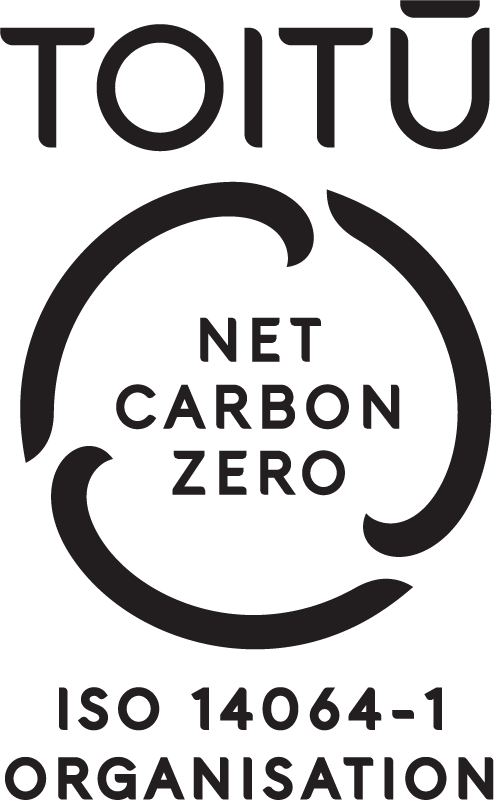
COVID-19 & Market Update - 31 March 2020
31 March 2020The Environment
The big question that is on everyone’s mind is how long can the COVID -19 shock last? The simple answer is no one really knows. The statistical modelling we pay attention to is the R-naught data. Essentially this is an estimation of the average number of people who will catch a disease from one contagious person. As it stands around the world at the moment COVID-19 has an R-naught rating of around 2 to 3. The R-naught needs to go below 1, ideally near zero, to suppress the virus.
Looking at China’s experience as an example (at least based on the data they published), five days after lockdown their R-naught was declining, and 12 days after lock down their R-naught crossed below 1. Case numbers continued to rise, even with a declining R-naught, but at a much slower pace. Korea’s R-naught is following a similar pattern and Europe’s R-naught has started declining – we think.
Even with all the work New Zealand has done to contain the virus, it will likely be several weeks, before we see this number coming down. Even then, we will not be out of the woods, as once the virus is suppressed we need to keep it down until a vaccine is produced. Australia, like New Zealand have had most of their infections brought in by overseas travelers. While they haven’t followed precisely our lock down approach, they have practiced extensive physical distancing. They have also ramped up their testing for the virus to just about the highest testing rate per capita in the world. Current results see them getting less than 2% positive results from those tested. Compare this to the US which is sitting at 15% positive results from those tested.
Looking at the US, their restrictions have come in later. Given the current environment and the new restrictions they are talking about, their numbers should start coming down late April early May. That said case numbers and fatalities in the meantime are going to be very large. If that guesstimate is correct then economic activity in the US should be showing some recovery in June.
Until a vaccine is produced there is a risk of seeing a second wave following as we have seen in China recently – they’re second wave appears to be generated by travelers returning to China. They have since closed their borders and we are seeing other countries like Hong Kong putting stricter border controls in place for the same reasons. We do think a vaccine will be produced, however even when it has been approved for distribution it will most likely take months to a year before it can be fully distributed worldwide.
What we do believe is the markets will likely bounce once we see the European and US pandemic R-naught numbers decline. However we can expect further on-going disruption here in New Zealand and overseas for months to come as the economic impacts flow through.
The Markets
We saw an initial market rally last week driven mostly by the fiscal stimuli pumped into the global economies, but we suspect that it is more of a “dead cat bounce” than a sustained rally mainly because the big effects of the virus are yet to be completely understood in the US. The USA last week for example, saw unemployment benefit claims sky rocket by 3m (an extraordinary number) and we think the numbers are actually higher as many could not get through on the phones.
Another interesting facet was the European Central Bank telling all European Banks to freeze dividends and to stop any share buybacks; to hold capital within the banking system ready for the storm.
Australasian Equity Fund
Cash levels still remain high, as we await opportunities because we do think there are opportunities coming our way, despite last week’s bounce. It’s no accident that our two largest holdings have no debt and have cash on their balance sheets.
There are nine New Zealand companies that have suspended dividends so far and we expect to see this number grow by at least another four or five, and could go even further than that depending on how long the current environment continues.
What we are doing with the equity portfolio is increasing exposure to our higher conviction stocks concentrating the portfolio to some degree, while retaining high cash levels because we do think companies will raise new equity through this environment.
Australasian Property Fund
Just like the Australasian Equity Fund, the cash levels remain high as we await opportunities and rotating the stocks to those we have higher conviction. The property sector has not been that defensive. Stocks with exposure to retail have been hardest hit as retailers in NZ are forced to close for the lock down and Australian retailers struggle through a period of restricted movement in Australia.
Office and industrial landlords are also exposed. Portfolios with a higher weighting to government or large corporate tenants are more insulated as staff are able to work from home, and have less of an earnings impact. Industrial tenants with logistics exposures are also preferable, however most industrial portfolios also have exposure to manufacturing which is currently also reduced or in lock down.
Tenants have an obligation to pay their rent, however there have been numerous requests for rent abatements and landlords will need to balance the need to keep tenants alive rather than have large levels of vacancy post Covid-19.
Unlike the GFC most balance sheets are in good shape with a low cost of debt. Suspending dividends is another tool that has been used to reduce balance sheet pressure.
The Diversified Funds
In the terms of what we are doing regarding the diversified funds, we reduced the equity hedge in the portfolios at the start of last week. Despite the market bounce, we haven’t fully reestablished the hedge as yet because share prices are a lot lower than they were a few weeks ago and we are slowly starting to buy albeit cautiously where we see value.
We remain underweight bonds in the Diversified Income Fund and accordingly cash levels are still quite high.
Looking ahead
We are not bearish going forward from here. The market has already priced a significant event and we think some parts of the market are set for a reasonable rally. New Zealand, after a slow’ish start on border controls, moved rapidly to contain and suppress the virus and we should come out of this before many – thanks in no small part to the professionalism and high quality of the people in the NZ healthcare sector and at the Ministry of Health. However, even if we can restart the economy in four weeks’ time, we suspect border controls in some form will remain in place so that we do not import a second wave.
Disclaimer: Anthony Halls is Head of Investments at Mint Asset Management Limited. The above article is intended to provide information and does not purport to give investment advice.
Mint Asset Management is the issuer of the Mint Asset Management Funds. Download a copy of the Product Disclosure Statement


